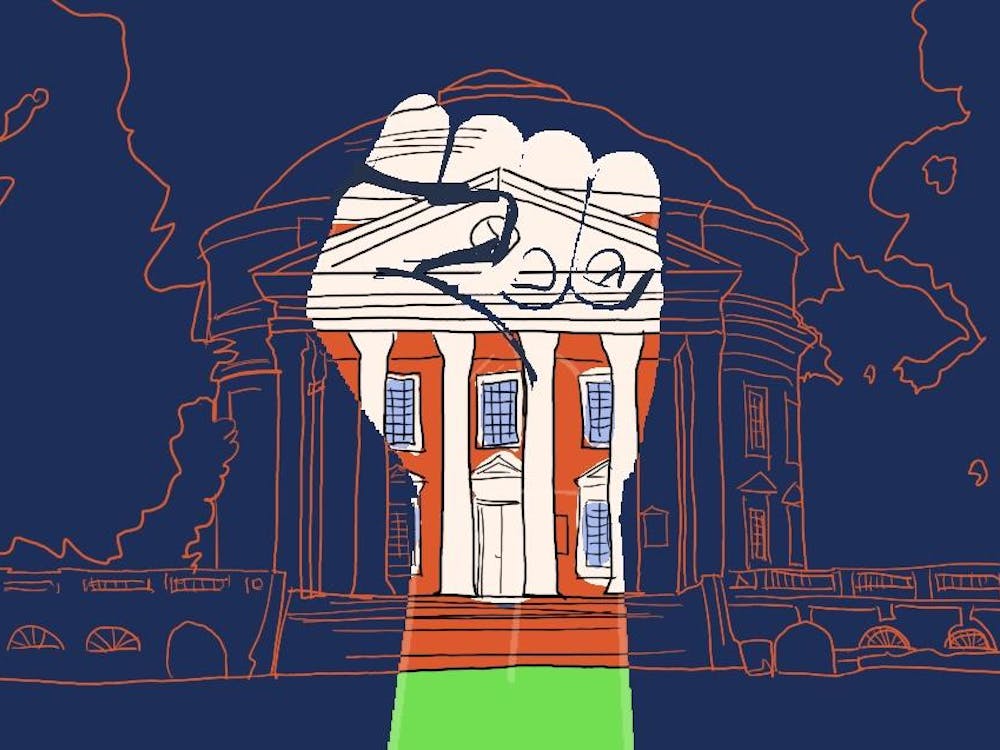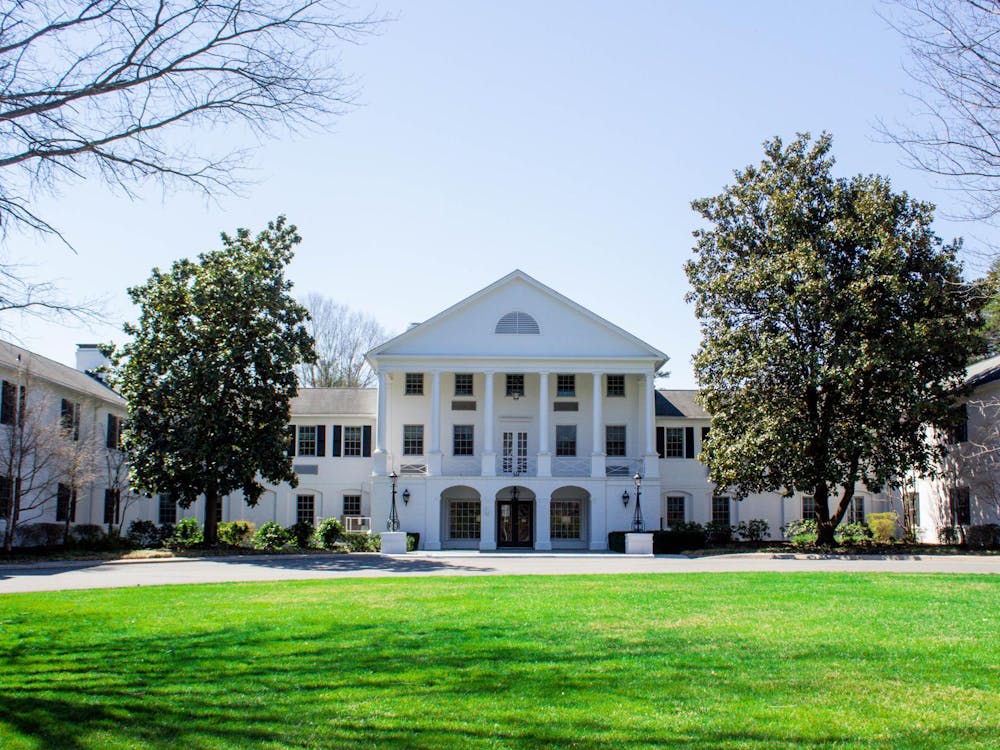I have always been skeptical of what I cannot see with my own eyes. When commentators on the left started decrying the gentrification of American cities I didn’t initially believe them. I looked at the one data point that I myself had experienced — my hometown of Florence, South Carolina — and saw none of the tell-tale signs of gentrification. In reality, I had simply not noticed them.
My understanding was changed when I went back home to Florence for Thanksgiving break as our newly revitalized downtown, fancy new stores, restaurants and a new “innovation center” caught my eye. These stood out given the juxtaposition of our newly revitalized downtown with the poorer areas that surround the downtown that are predominantly poor and African-American. I question the decision for the city government to spend millions revitalizing the downtown when there is rampant poverty and crime just down the street.
It says a lot about the distribution of political power and socioeconomic class in the United States when the city of Florence spends money to revitalize an area that then excludes many of the poorer residents from being able to shop, eat or live there. It is obvious the interests of the wealthy residents are given precedence over the needs and desires of the poor in Florence. It is shameful that the dominance of the interests of wealthy elites in city government produces these outcomes when my city’s schools and public parks are struggling. It is hard for me to see the benefit of these projects for the majority of the people who live in my town, and the same could be said for Charlottesville.
In my transition into my second year I have had more of an opportunity to go out and see more of Charlottesville. For a city with a poverty rate of 27.5 percent that is nearly twice the national average and more than twice the average for Virginia, which is 11.3 percent , why does the city spend money bringing in artists and festivals when these are attracting the same people who are pricing out black residents from historically black neighborhoods?
As students at the University, we are in a unique position to influence the city of Charlottesville and be influenced by it through the process of how and where we spend our money. Even though we are only here for a limited time we have a disparate influence on the city through our activism and our economic impact. We can be a force for bridging the gap between what this city used to be and what it is becoming without excluding many of the people who have been here for generations and fostering a diverse, inclusive community.
It isn’t easy to see the process of gentrification or to be angry about it when many of us as students are the ones demanding nice shops and fancy restaurants. Most students are excited about the expansion at Stonefield or the fact that we have a Whole Foods. However, in our zeal to have and do what we like we forget about the other residents of Charlottesville — the workers at the University and their families who work long hours for low pay to work at dining halls and take care of Grounds who are being hurt by this process. Students are pushing out past traditional student living areas and are in the process driving out people who used to live there.
It is startling when political power is so concentrated that in both my hometown and the city of Charlottesville the interests of the wealthy and gentrifying elite have overshadowed the desires of poorer residents. Everyone has a right to the city, not just people who can afford to pay ever increasing rents and food prices.
Sawan Patel is an Opinion columnist for The Cavalier Daily. He can be reached at s.patel@cavalierdaily.com.






